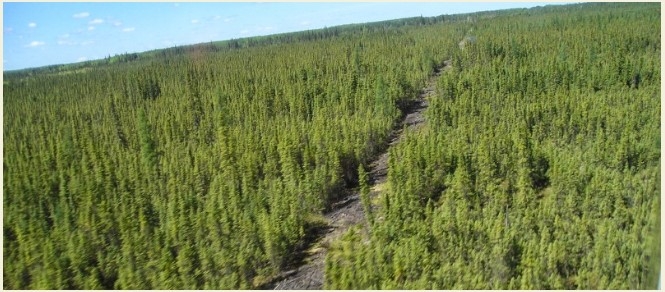
Pulse Seismic Inc. (Pulse) and the Alberta Biodiversity Monitoring Institute (ABMI) have signed a data sharing agreement to enhance public information on seismic lines in Alberta. Both organizations are motivated by providing credible, high-quality data in support of land-use decisions. The incorporation of the line geometry and age attribution of Pulse’s seismic data into the ABMI’s publicly available human footprint dataset will provide significant value to planners and researchers in Alberta.
Pulse owns and operates the largest licensable seismic data library in Western Canada, including data for the province of Alberta on the type and width of seismic lines and their date of creation. The ABMI produces an annual human footprint inventory for Alberta, a publicly available inventory of every human footprint feature in Alberta used by multiple parties for land-use planning purposes.
Crucially, the ABMI’s human footprint inventory has included information on the type and location of seismic lines, but not their age—until now. Knowing a seismic line’s age helps us understand how restoration treatments and natural regeneration progress over time. The provincial government has committed to restoring historic seismic lines in Alberta’s caribou ranges as part of caribou recovery planning. Since the age of seismic lines was previously publicly unavailable, research has been unable to evaluate how age could be used to estimate vegetation regrowth on the lines, and in turn how this can improve the efficiency of restoration planning. The inclusion of this data will benefit users prioritizing seismic lines for restoration as part of their environmental stewardship commitments.

